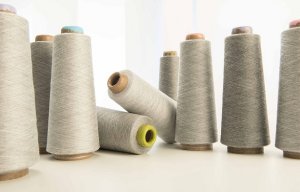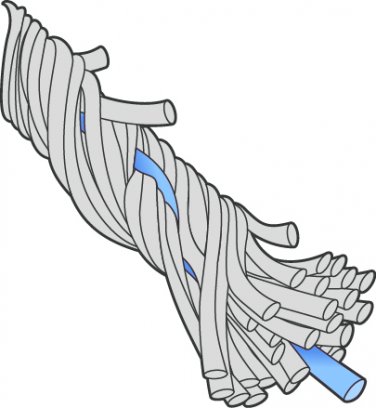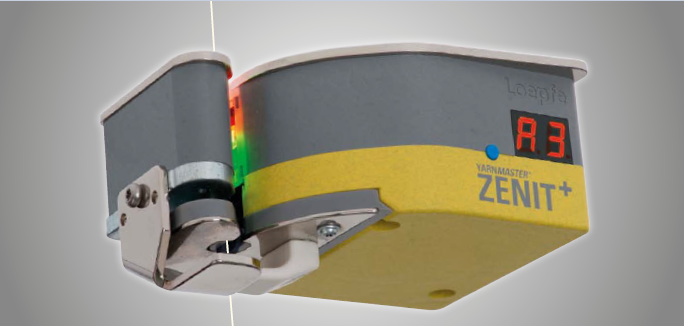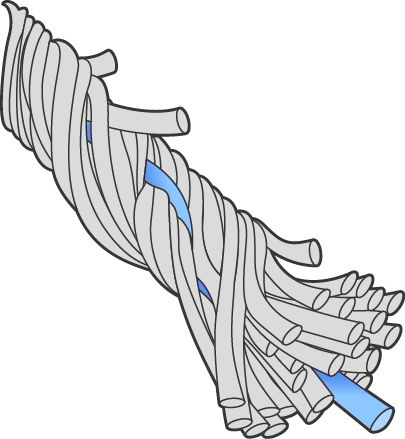
Loepfe introduces new quality control feature
Due to its optical method, the Zenit+ is said to guarantee a fast and reliable detection of typical yarn faults.

18th August 2015
Innovation in Textiles
|
Wetzikon
As stretch fabrics become more popular in clothing industry, used in sports fashion as well as in day-to-day garments, the process of yarn clearing of so-called core yarns, poses a challenge for the clothing manufacturers, according to Loepfe.
The manufacturer of sensors and monitoring equipment for yarn spinning and fabric weaving processes, Loepfe offers optical yarn clearers, like the Zenit+ in order to offer reliability and assist companies in yarn clearing, which eliminates yarn faults during winding.
Garment made of elastic yarns offer a better comfort, they fit better, and retain their shapes. Core yarns, which are used for woven and knitted stretch fabrics, consist of at least two different components.

During the production, a staple fibre, such as cotton, is spun around an elasthane filament. Today, duo-core yarns made of three components, which are used for high quality denim, are a challenge for the spinning and winding process, the manufacturer reports.
The structure of core yarns creates a special challenge during quality control, according to the company. One of the typical faults is the so-called strip-back. Due to a slippage between the inner elasthane filament and the staple fibre the core is not completely covered with the cotton fibres. As elasthane and cotton have different characteristics during dyeing, these faults can become visible in the end product.
The yarn clearer Zenit+ from Loepfe with the optional LabPack is designed to be able to identify these faults very reliably. The yarn clearer utilises an optical method to identify thin and thick faults during winding. The detection of dark foreign fibres is also realised with an optical method. An additional triboelectric sensor detects synthetic foreign matter, e.g. polypropylene originating from packaging material.
Due to its optical method, the Zenit+ is said to guarantee a fast and reliable detection of typical yarn faults. Even the above-mentioned faults in core yarns can be identified, the company reports.

This is said to give the Zenit+ an advantage compared to capacitive yarn clearers, which only detect the overall mass of the yarn. The Zenit+ can also monitor the splicing joints resulting in yarns with perfect splicing joints.
The yarn clearer monitors every single splicing joint and classifies them. The classification enables the monitoring of the splicing process itself, and thereby identifies splicers, which are permanently producing non-optimal splice joints.

Business intelligence for the fibre, textiles and apparel industries: technologies, innovations, markets, investments, trade policy, sourcing, strategy...
Find out more